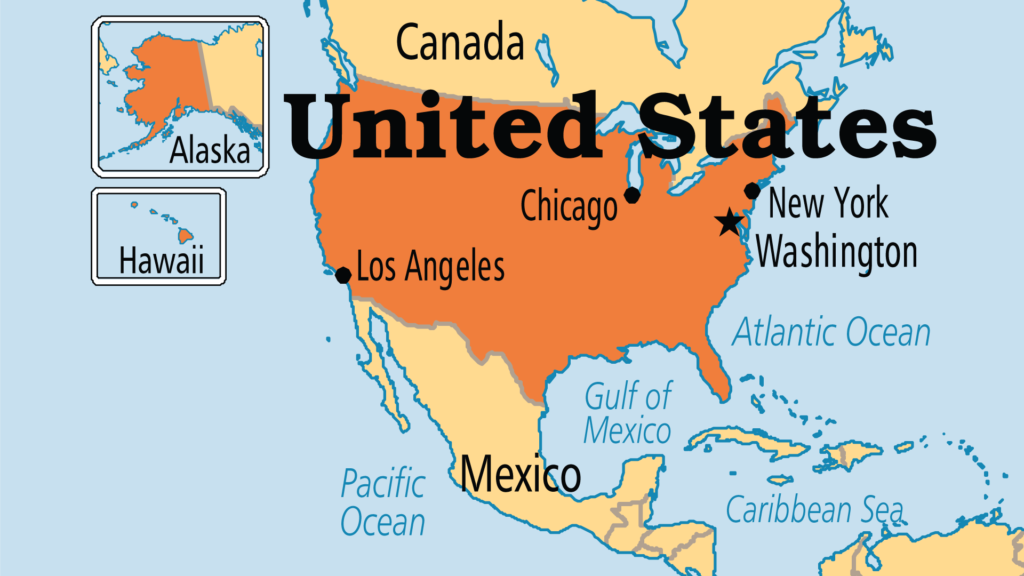Food & Climate
The climate-driven Los Angeles wildfires, devastating the environment in California and neighboring regions, have highlighted another climate crisis: saltwater seeping into farmland and its devastating impact on food production. Firefighters have used a little from Pacific Ocean water, even though fire hydrants have run out of water.
California, and Los Angeles, home to Hollywood and a large number of America’s millionaires and billionaires, are located on the Pacific coast. And using seawater to fight fires can sound like a simple solution – the Pacific Ocean has a seemingly endless supply of water. In emergencies like Southern California is facing, it’s often the only quick solution, according a report seen by “Food & Climate” platform.
Firefighters have been hampered by a limited supply of freshwater just days after the Los Angeles wildfires started because the fire hydrants ran dry.
So, when the winds are calm enough, skilled pilots flying planes aptly named Super Scoopers are skimming off 1,500 gallons of seawater at a time and dumping it with high precision on the fires, though the operation can be risky amid ocean swells.
Los Angeles wildfires and sea-level rise
Patrick Megonigal, the associate director of research, Smithsonian Environmental Research Center, Smithsonian Institution, explained why it is dangerous to use the ocean water for fighting the Los Angeles wildfires.
The center leads in discovering the links between land and water ecosystems in the coastal zone, according to its website.
Saltwater corrodes firefighting equipment and may harm ecosystems, especially those like the chaparral shrublands around Los Angeles that aren’t normally exposed to seawater. Gardeners know that small amounts of salt – added, say, as fertilizer – does not harm plants, but excessive salts can stress and kill plants.
While the consequences of adding seawater to ecosystems are not yet well understood, we can gain insights on what to expect by considering the effects of sea-level rise.
As an ecosystem ecologist at the Smithsonian Environmental Research Center, I lead a novel experiment called TEMPEST that was designed to understand how and why historically salt-free coastal forests react to their first exposures to salty water.
Sea-level rise has increased by an average of about 8 inches globally over the past century, and that water has pushed salty water into U.S. forests, farms and neighborhoods that had previously known only freshwater. As the rate of sea-level rise accelerates, storms push seawater ever farther onto the dry land, eventually killing trees and creating ghost forests, a result of climate change that is widespread in the U.S. and globally.
In our TEMPEST test plots, we pump salty water from the nearby Chesapeake Bay into tanks, then sprinkle it on the forest soil surface fast enough to saturate the soil for about 10 hours at a time. This simulates a surge of salty water during a big storm.
Scientists work in a test plot where saltwater experiments are showing the impact of sea-level rise on coastal forests.

Our coastal forest showed little effect from the first 10-hour exposure to salty water in June 2022 and grew normally for the rest of the year. We increased the exposure to 20 hours in June 2023, and the forest still appeared mostly unfazed, although the tulip poplar trees were drawing water from the soil more slowly, which may be an early warning signal.
Things changed after a 30-hour exposure in June 2024. The leaves of tulip poplar in the forests started to brown in mid-August, several weeks earlier than normal. By mid-September the forest canopy was bare, as if winter had set in. These changes did not occur in a nearby plot that we treated the same way, but with freshwater rather than seawater.
The initial resilience of our forest can be explained in part by the relatively low amount of salt in the water in this estuary, where water from freshwater rivers and a salty ocean mix. Rain that fell after the experiments in 2022 and 2023 washed salts out of the soil.
A major drought
A major drought followed the 2024 experiment, so salts lingered in the soil then. The trees’ longer exposure to salty soils after our 2024 experiment may have exceeded their ability to tolerate these conditions, Patrick Megonigal, said.
Tree leaves turning from green to brown well before fall was a surprise, but there were other surprises hidden in the soil below our feet.
Rainwater percolating through the soil is normally clear, but about a month after the first and only 10-hour exposure to salty water in 2022, the soil water turned brown and stayed that way for two years. The brown color comes from carbon-based compounds leached from dead plant material. It’s a process similar to making tea.
Our lab experiments suggest that salt was causing clay and other particles to disperse and move about in the soil. Such changes in soil chemistry and structure can persist for many years.
While ocean water can help fight fires, there are reasons fire officials prefer freshwater sources – provided freshwater is available.

U.S. coastlines, meanwhile, are facing more extensive and frequent saltwater exposure as rising global temperatures accelerate sea-level rise that drowns forests, fields and farms, with unknown risks for coastal landscapes, according to “The conversation“.

